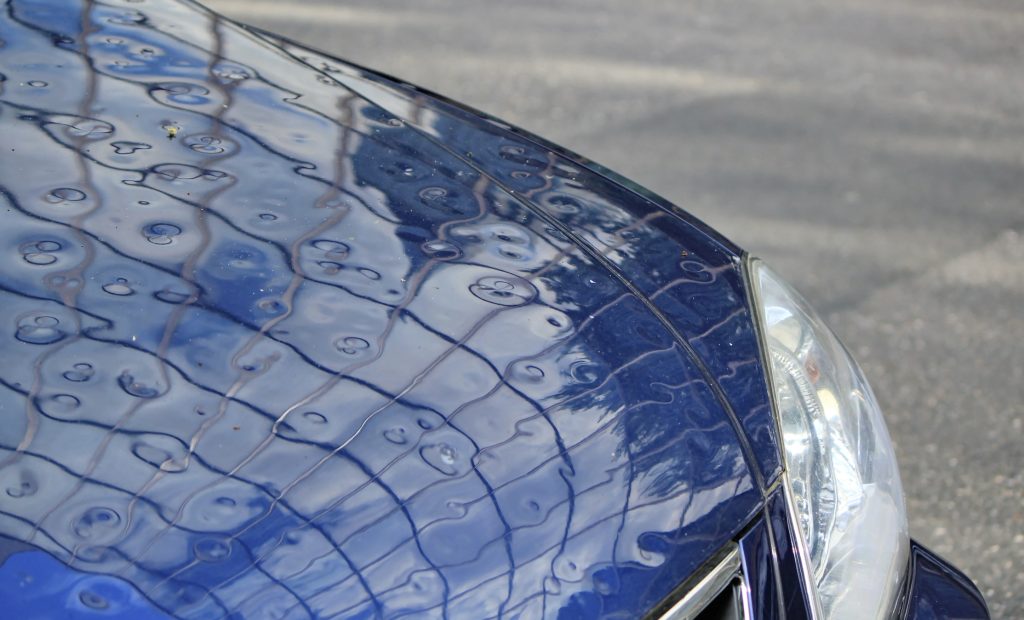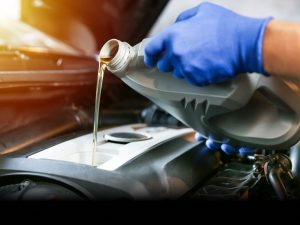Hail damage repair has come a long way from the days of traditional bodywork and repainting. Today, Paintless Dent Repair (PDR) is the preferred method for fixing hail damage, thanks to its efficiency and ability to preserve a vehicle’s original finish. However, as technology continues to advance, the future of hail damage repair looks even more promising. Emerging technologies and trends are poised to revolutionize the industry, making repairs faster, more precise, and more environmentally friendly. In this article, we’ll explore some of the most exciting developments on the horizon for hail damage repair.
Artificial Intelligence (AI) in Damage Assessment
One of the most significant emerging trends in hail damage repair is the use of artificial intelligence (AI) for damage assessment. AI-powered tools are being developed to quickly and accurately assess the extent of hail damage on a vehicle. These systems use advanced image recognition software to analyze photos of the damaged vehicle, identifying the size, depth, and location of dents.
Benefits of AI in Damage Assessment:
- Speed: AI can assess damage in a matter of minutes, compared to the longer time required for a manual inspection.
- Accuracy: AI systems can detect even the smallest dents, ensuring that no damage goes unnoticed.
- Consistency: Unlike human assessors, AI provides consistent evaluations, reducing the risk of discrepancies.
As AI technology continues to evolve, it will likely become a standard tool in hail damage assessment, streamlining the repair process and improving customer satisfaction.
Robotics and Automation in Repair Processes
Robotics and automation are already transforming various industries, and hail damage repair is no exception. In the future, we can expect to see robots playing a more significant role in the repair process, particularly in the application of Paintless Dent Repair (PDR) techniques.
Key Advantages of Robotics in Hail Repair:
- Precision: Robots can apply consistent pressure and movement when repairing dents, resulting in a flawless finish.
- Efficiency: Automation allows for faster repairs, reducing the time vehicles spend in the shop and increasing the number of cars that can be serviced.
- Cost-Effectiveness: While the initial investment in robotic systems may be high, the long-term savings in labor and increased throughput can make it a worthwhile investment for repair shops.
As robotics technology becomes more accessible, we may see an increase in automated repair stations that can handle large volumes of hail-damaged vehicles with minimal human intervention.
3D Scanning and Modeling
3D scanning and modeling technology is another emerging trend that is set to revolutionize hail damage repair. These technologies allow technicians to create highly detailed models of a vehicle’s damaged areas, enabling more accurate and tailored repair strategies.
How 3D Scanning Enhances Repair:
- Detailed Analysis: 3D scans provide a comprehensive view of the vehicle’s surface, capturing every dent and imperfection.
- Custom Repair Plans: With a detailed model, technicians can develop custom repair plans that address the specific needs of each vehicle.
- Quality Control: 3D models can be used to verify the quality of repairs, ensuring that the vehicle is returned to its original condition.
As 3D scanning technology becomes more affordable, it’s likely to become a standard tool in the hail damage repair industry, enhancing the precision and quality of repairs.
Eco-Friendly Repair Materials and Techniques
Environmental concerns are driving innovation across many industries, and hail damage repair is no exception. The future will likely see a greater emphasis on eco-friendly materials and techniques that minimize the environmental impact of repairs.
Examples of Eco-Friendly Innovations:
- Water-Based Paints: For repairs that do require repainting, water-based paints are becoming more popular as they produce fewer harmful emissions compared to traditional solvent-based paints.
- Recyclable Materials: Repair shops are increasingly using recyclable materials in their processes, reducing waste and the need for new raw materials.
- Energy-Efficient Equipment: Advances in repair equipment, such as energy-efficient compressors and lighting systems, are helping reduce the carbon footprint of repair shops.
By adopting these eco-friendly practices, the hail damage repair industry can contribute to a more sustainable future while still providing high-quality services.
Mobile Repair Services
The convenience of mobile services is becoming increasingly important in today’s fast-paced world. The future of hail damage repair will likely see an expansion of mobile repair services, where technicians come directly to the customer’s location to perform repairs.
Benefits of Mobile Repair Services:
- Convenience: Customers can have their vehicles repaired at home or work, eliminating the need to visit a repair shop.
- Speed: Mobile services often provide quicker turnaround times, as there is no need to schedule a shop visit.
- Cost Savings: With fewer overhead costs, mobile services can often offer competitive pricing.
As demand for convenience continues to grow, more repair shops are expected to offer mobile services, making hail damage repair easier and more accessible than ever before.
The future of hail damage repair is bright, with emerging technologies and trends set to revolutionize the industry. From AI-driven damage assessment to eco-friendly repair techniques, these advancements promise to make repairs faster, more precise, and more environmentally friendly. As these technologies become more widely adopted, vehicle owners can look forward to a new era of hail damage repair that is both efficient and sustainable.






More Stories
Comprehensive Overview for Selecting Appropriate Oil for High-Mileage Vehicles
Assessing Suspension Damage: A Guide to Identifying Issues Caused by Bumps
The Importance of High-Quality Ball Joint Replacements for Commercial Vehicles